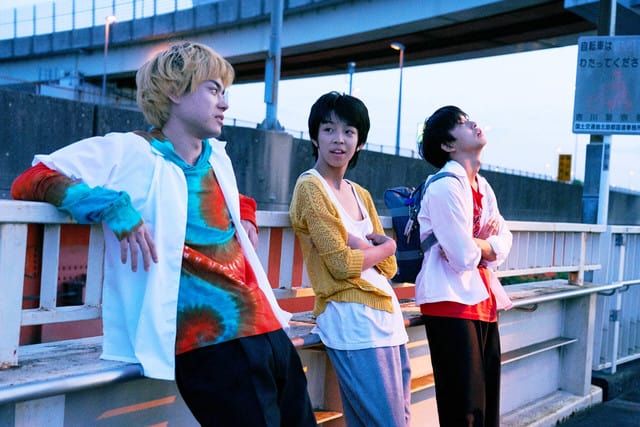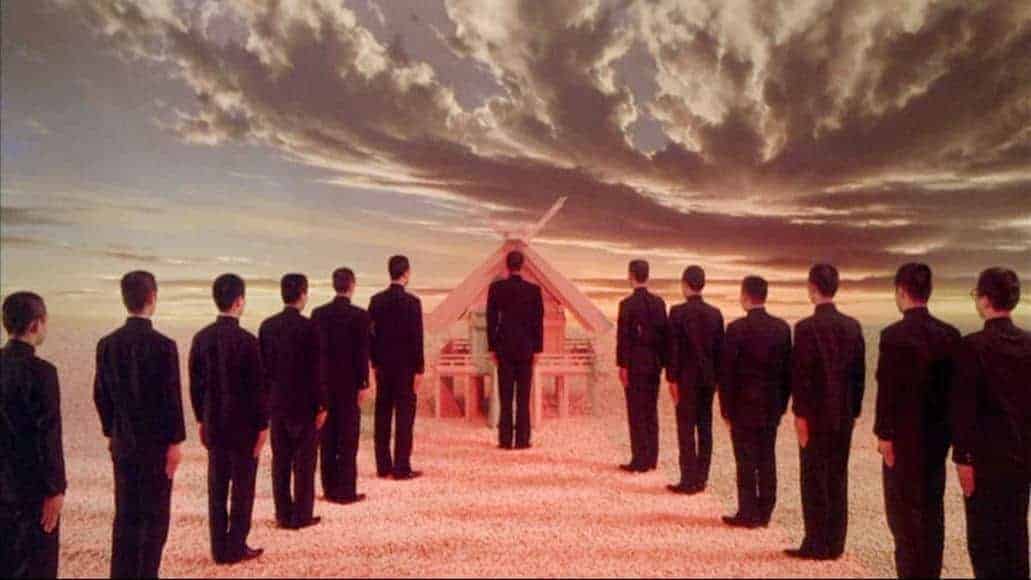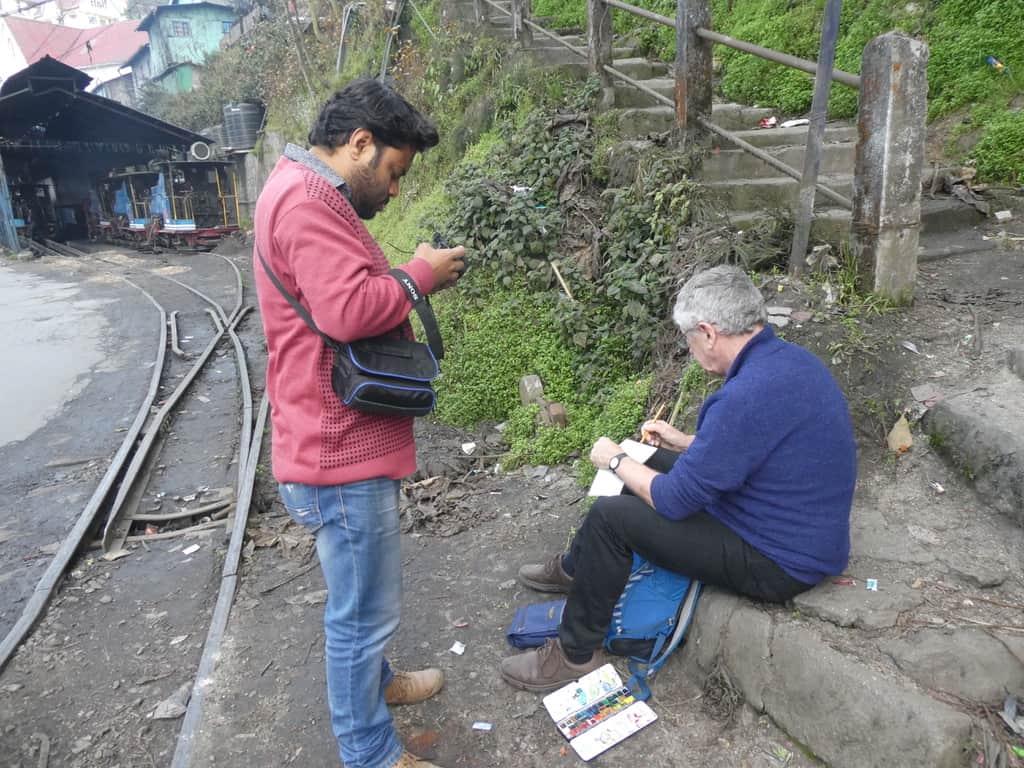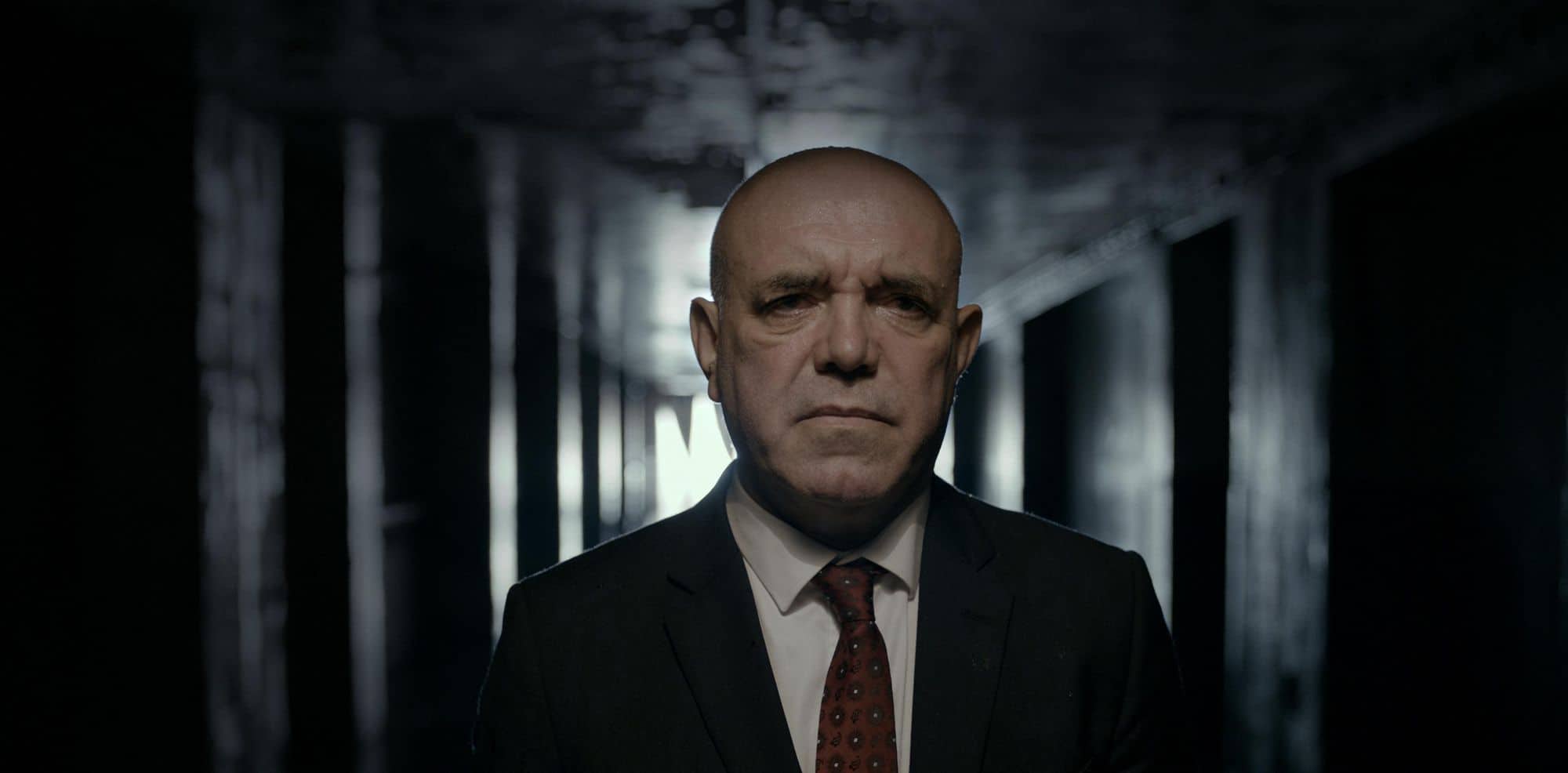This is no “Boyhood” (2014). Unlike Richard Linklater's sanitized suburban storytelling, Tatsushi Omori‘s coming-of-age tale spins a disturbed – and increasingly violent – take in the lives of three middle school-aged misfits. In this battle for innocence, acceptance and ultimately for survival, Omori's fourth feature grapples with the difficulties of growing up in a godless wasteland.
Omori sets the tone with the film's opening scene, wherein two yakuza members wrestle for control in a home for the mentally and physically disabled. The rest of the film only peers deeper into the fringes of society, revolving around three teens: the rebellious Eiji (Masaki Suda), the reckless Taro (Yoshi), and the gentle Sugio (Taiga Nakano). Eiji walks in his brother's shadow, unable to live to his family's judo-loving legacy due to his injured knee. He takes out his anger in conspiratorial schemes with Taro, an elementary school drop-out. The soft-spoken and lovestruck Sugio assists in the boys' adventures, but his conscience – and his crush – nag away at him as Eiji and Taro begin to dip into petty crime. One day, their simple lives of skipping school and catching crawfish change forever with the discovery of a forbidden item: a loaded pistol.
The subsequent events feel suffocating. Like a nonstop Russian roulette, the boys play with the gun to no end. They wave it around, they point it at passerby, they even strip naked only to aim it at each other. As if jaded yakuza themselves, they talk casually of rape and murder to initiate themselves into the language of adulthood. It's this constant exercise of power that gives “Taro the Fool” its edge: one where the kicked-down suddenly rise to the top of the ladder, and become so emboldened with their newfound authority that they become drunk on it. The gun is in a way the solution, but also the problem, but also the central plot. Like a growth spurt, it's the catalyst that forces them to mature much faster than expected.
Aside from the gun, Yoshi's no hands-barred performance of Taro drives the film to its extremes. In the pre-recorded Q&A afterwards, Omori mentions that he deliberately looked for non-actors; in this case, he made an expert decision, as Yoshi's acting feels fresh and undisguised. Yoshi delivers a challenging interpretation of Taro that is at once raw with the wounds of parental neglect, but burning with unrestrained youth. At one end, he seems like an innocent child happy to play with the autistic child couple by the river; and at another, his wild eyes tell of an extremist in-the-making. Yoshi's Taro is an explosive character with moments of respite, stretching the film to its extremes. With this Holden Caulfield-like character, Taro fulfills his smoldering lashback at society with half the heart and twice the gumption.
Low-key filters only add to the film's whip-like turnaround in atmosphere. Calm fishing scenes by the river are decorated in pastel tones, presenting a strong contrast to the oversaturated, low-exposure night outings in the boys' decrepit clubhouse. The cinematography follows the plot's hormonal mood swings, presenting an exhausting picture of the world. Omori's lens captures the peripheries as not one cognizant frame, but one that is as confusing as it is exciting. Little makes sense in the visually fragmented, inconsistent world of “Taro the Fool.”
All in all, “Taro the Fool” is an uncomfortable foray into the darker sides of adolescence. It is as heart-wrenching as it is deplorable, as inviting as it is repulsive. Like Taro, this push-and-pull narrative tries to find peace in peril, making for a highly emotional — but nevertheless unforgettable — watch.
“Taro the Fool” first premiered at the 32nd Tokyo International Film Festival, and it competed in the Bucheon Choice Competition at the 24th Bucheon International Fantastic Film Festival (BIFAN). “Taro the Fool” sales is managed by ColorBird Inc.















